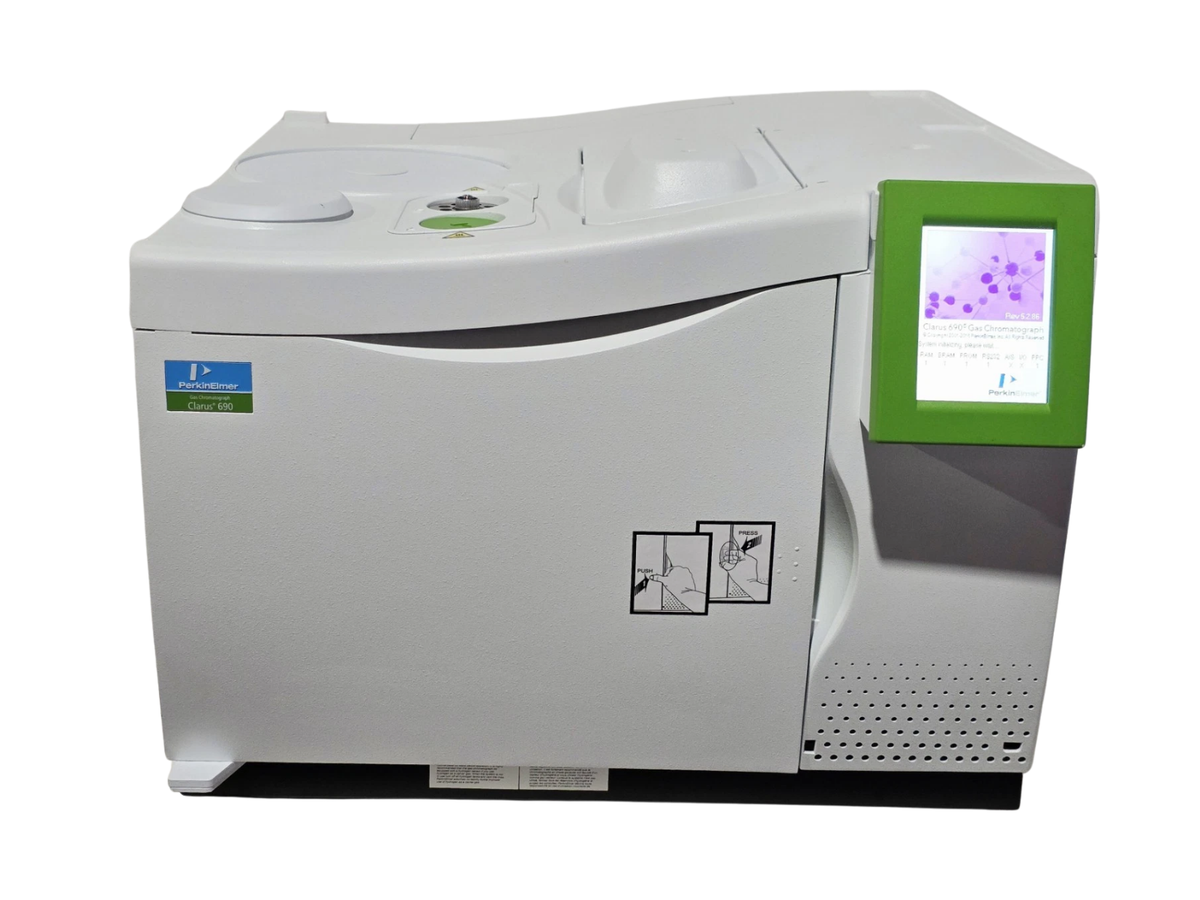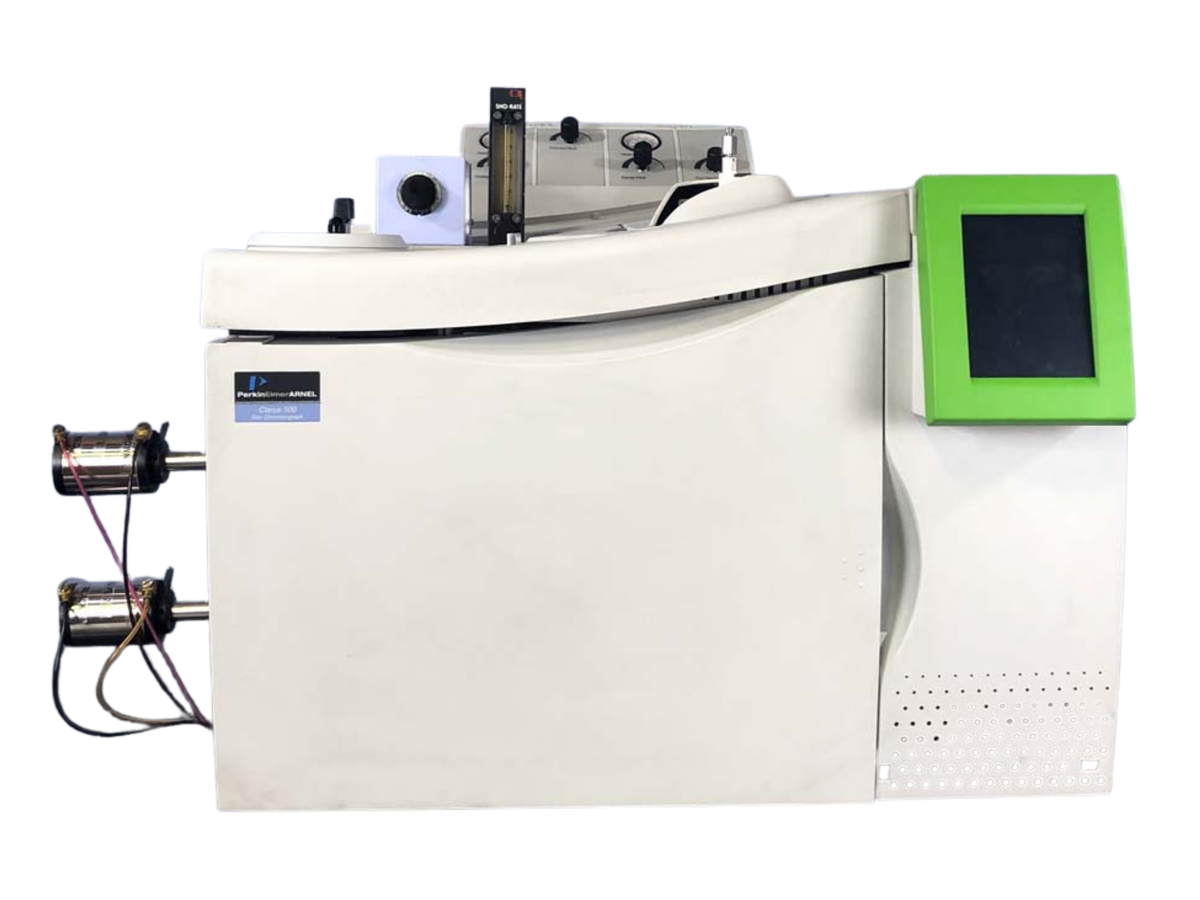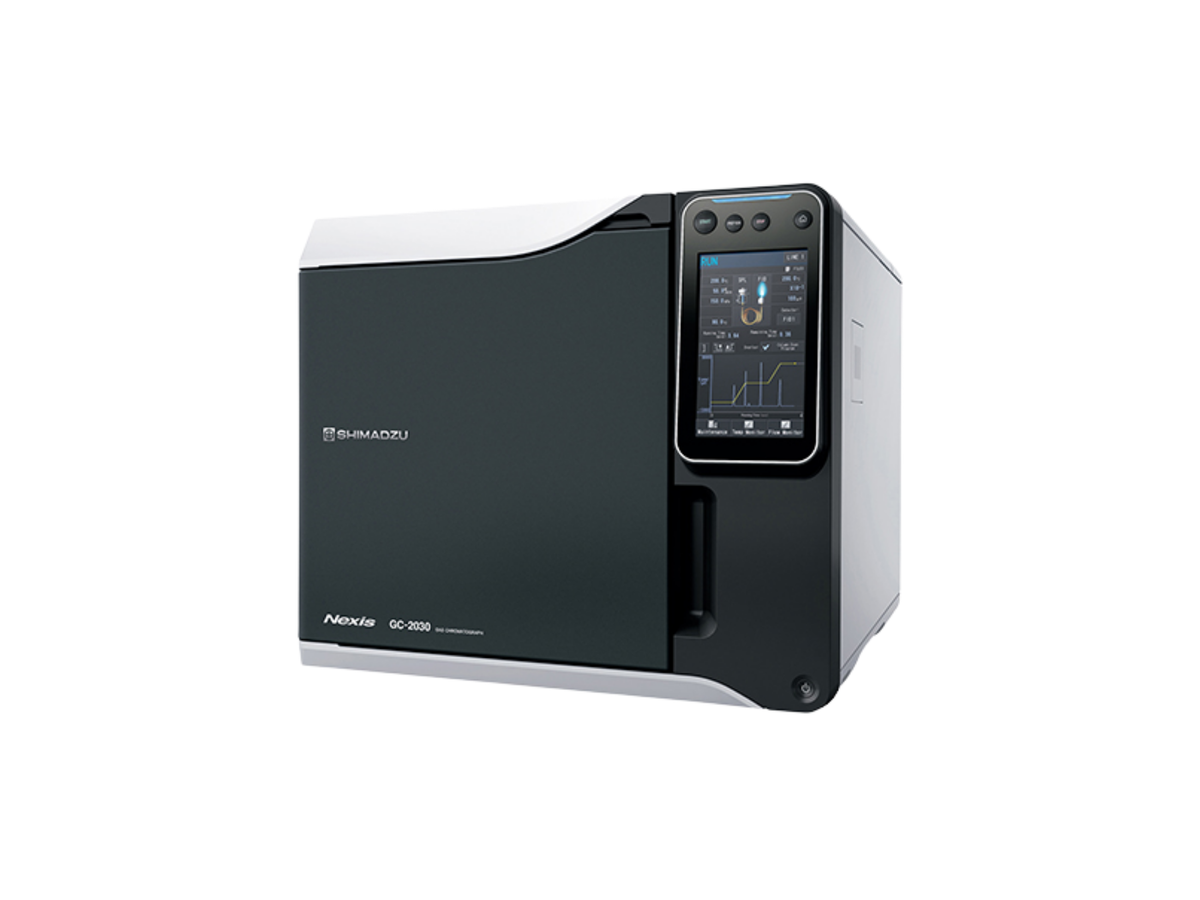UV-Vis Spectroscopy
UV-Vis Spectroscopy is an analytical technique used to measure how a sample absorbs light in the ultraviolet and visible regions of the spectrum. When light passes through a sample, molecules absorb specific wavelengths depending on their electronic structure. The instrument records this absorption as a spectrum, which can be used to identify compounds and determine their concentration. UV-Vis is widely applied in chemical, pharmaceutical, environmental, and biological research due to its simplicity, speed, and non-destructive nature. Common uses include monitoring reaction progress, measuring the purity of compounds, analyzing nucleic acids and proteins, and detecting pollutants in water. Its broad applicability and straightforward operation make UV-Vis one of the most commonly used spectroscopic methods in laboratories worldwide.




